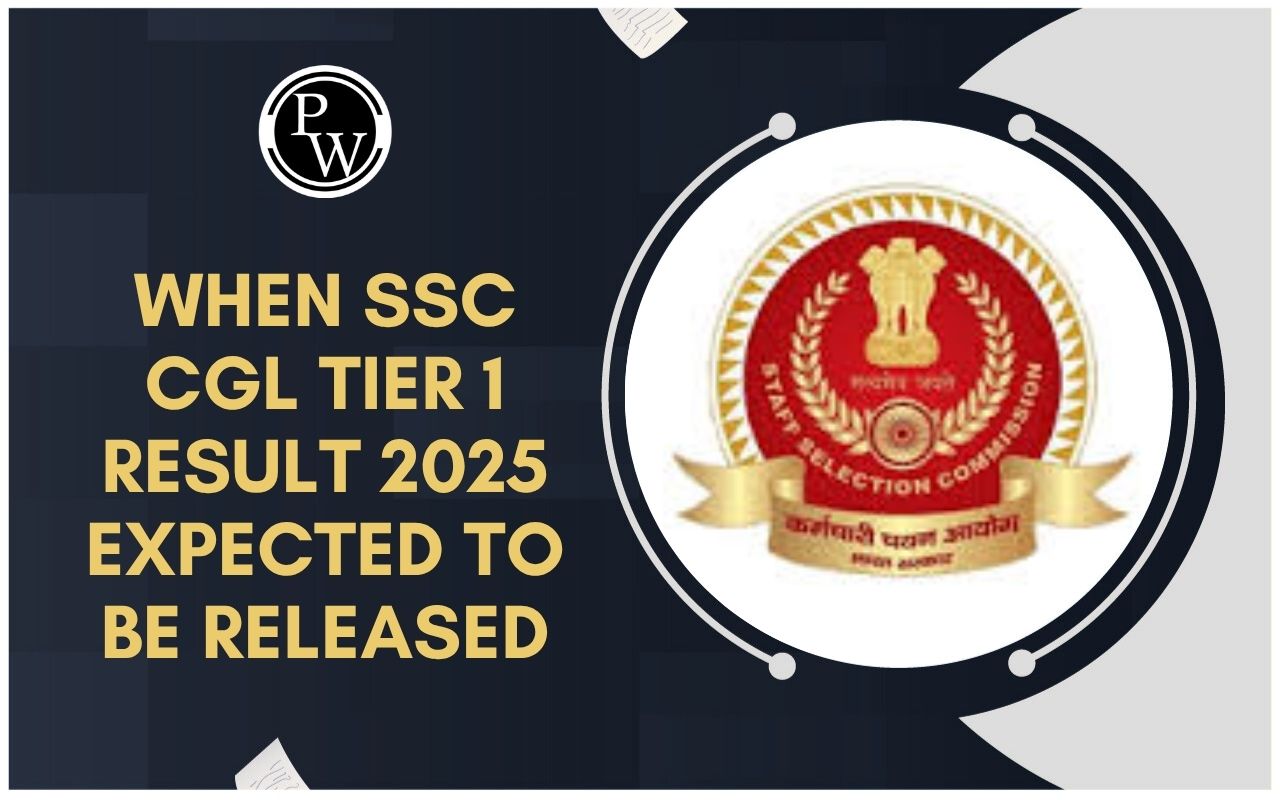
Climate of India: The Himalayan ranges act as a natural barrier, protecting India from the cold winds of Central Asia. This keeps the northern states warmer in winter compared to other regions at similar altitudes. In summer, India faces extreme heat, with northern plains experiencing dry weather and hot winds called loo blowing from the Thar Desert. These winds raise temperatures to levels similar to southern India, making summers intense across most parts of the country.
Climate of India
The climate of India follows a monsoon pattern, similar to South Asia and Southeast Asia. The word "monsoon" comes from the Arabic word mausim, meaning season. It refers to seasonal winds that change direction every six months. In summer, winds blow from the southwest to the northeast, and in winter, they reverse from the northeast to the southwest.Factors Affecting Climate of India
The climate of a place is determined by two main factors: location and relief, and air pressure and winds.Location and relief:
- Latitude: India's position near the Tropic of Cancer divides it into tropical and subtropical zones, affecting its temperature range.
- Himalayan Mountains: These mountains block cold winds from the north, making winters milder and trapping monsoon rains.
- Land-water distribution: Surrounding oceans and mountains affect air pressure, leading to changes in monsoon winds.
- Distance from the sea: Areas farther from the ocean experience more extreme weather.
- Altitude: Higher places are cooler than lower ones due to decreasing temperatures with height.
- Relief: Terrain affects temperature, wind, and rainfall patterns, with windward areas receiving more rain.
Air pressure and winds:
- Surface pressure and winds: High pressure in Central Asia brings dry winds to India during winter.
- Upper air circulation: Westerly winds and jet streams influence weather patterns, with southern jet streams impacting Indian winters.
- Cyclones: Western disturbances from the Mediterranean affect northern regions, while tropical cyclones from the Bay of Bengal bring heavy rains to coastal areas.
In simple terms, India’s climate is shaped by its location, mountains, oceans, and wind patterns. In winter, cold winds from Central Asia and high-altitude streams influence the weather. In summer, winds change direction and bring heavy rains, often with cyclones. Most of India has a tropical monsoon climate with clear wet and dry seasons, but places like Ladakh and the Thar Desert experience different patterns.
Climate of India Features
Rainfall in India varies a lot. Meghalaya gets very heavy rain, while Jaisalmer gets very little. Most places like the Ganga plains and coastal areas get rain in July and August, but the Coromandel coast stays dry then. Goa, Patna, Hyderabad, and parts of northwest India get rain in June and July.
Temperatures also change widely. The Thar Desert has the biggest day-to-night temperature difference, while the Himalayas face extreme cold in winter. Coastal areas have more stable temperatures. Overall, India has a monsoon climate with clear wet and dry seasons. In summer, winds blow from sea to land, and in winter, they blow from land to sea.
Climate of India Types
India experiences four main seasons based on its climate:- Winter Season (Cold Weather): During winter, cold, dry winds from the north meet trade winds in the north and northwest regions. Jet streams, high-altitude winds, also play a role, bringing disturbances from the west that bring winter rainfall, crucial for crops.
- Summer Season (Hot Weather): In summer, winds reverse direction, and low-pressure areas intensify over the northwest plains. The Inter-tropical Convergence Zone (ITCZ) shifts northward, bringing moist winds from the Southern Hemisphere. Easterly jet streams steer tropical cyclones into the country.
- Rainy Season (Southwest Monsoon): Increasing temperatures create low-pressure conditions over the northwest plains, attracting winds from the Southern Hemisphere. The monsoon arrives in two branches: one from the Bay of Bengal and the other from the Arabian Sea.
- Retreating Monsoon: By September, as the sun moves southward, the low-pressure center weakens over the Ganga plains. High pressure replaces it, and the monsoon retreats from west India. By December, the low-pressure center disappears from the land, though low pressure may persist in the Bay of Bengal.
Climatic Regions of India
Here are the main climatic regions in India according to Köppen's classification:- Tropical Savanna (Aw): Found in most of the peninsular plateaus south of the Tropic of Cancer.
- Tropical monsoon with short dry season (Amw): Characterizes the west coast of India, south of Goa.
- Tropical moist (As): Seen along the Coromandel coast of Tamil Nadu.
- Semi-arid steppe (BShw): Covers northwestern Gujarat, parts of Rajasthan, and Punjab.
- Hot desert (Bwhw): Includes extreme western Rajasthan.
- Monsoon with dry winters (Cwg): Found in the Ganga plain, eastern Rajasthan, northern Madhya Pradesh, and most of northeastern India.
- Cold humid winter with short summer (Dfc): Seen in Arunachal Pradesh.
- Polar type (E): Characterizes Jammu & Kashmir, Himachal Pradesh, and Uttarakhand.
Indian Monsoon
The Indian monsoon is influenced by various factors:- Differential heating of land and water creates low pressure, drawing winds from the sea.
- The movement of the Inter-Tropical Convergence Zone (ITCZ) shifts monsoon rains northward.
- Heating of the Tibetan Plateau creates low pressure, affecting wind patterns.
- Jet streams, especially the easterly ones over the peninsula, impact the monsoon.
- High-pressure systems in the Southern Indian Ocean also influence the monsoon.
- Events like El Niño/La Niña in the Pacific Ocean affect monsoon intensity.
| Other Related Links | |
| Tiger Reserves in India | National Parks in India |
| Biosphere Reserves in India | Elephant Reserves in India |
Climate of India FAQs
What are the different types of Climate in India?
What are the Factors determining the Climate of India?
Why climate of India is described as monsoon type?










